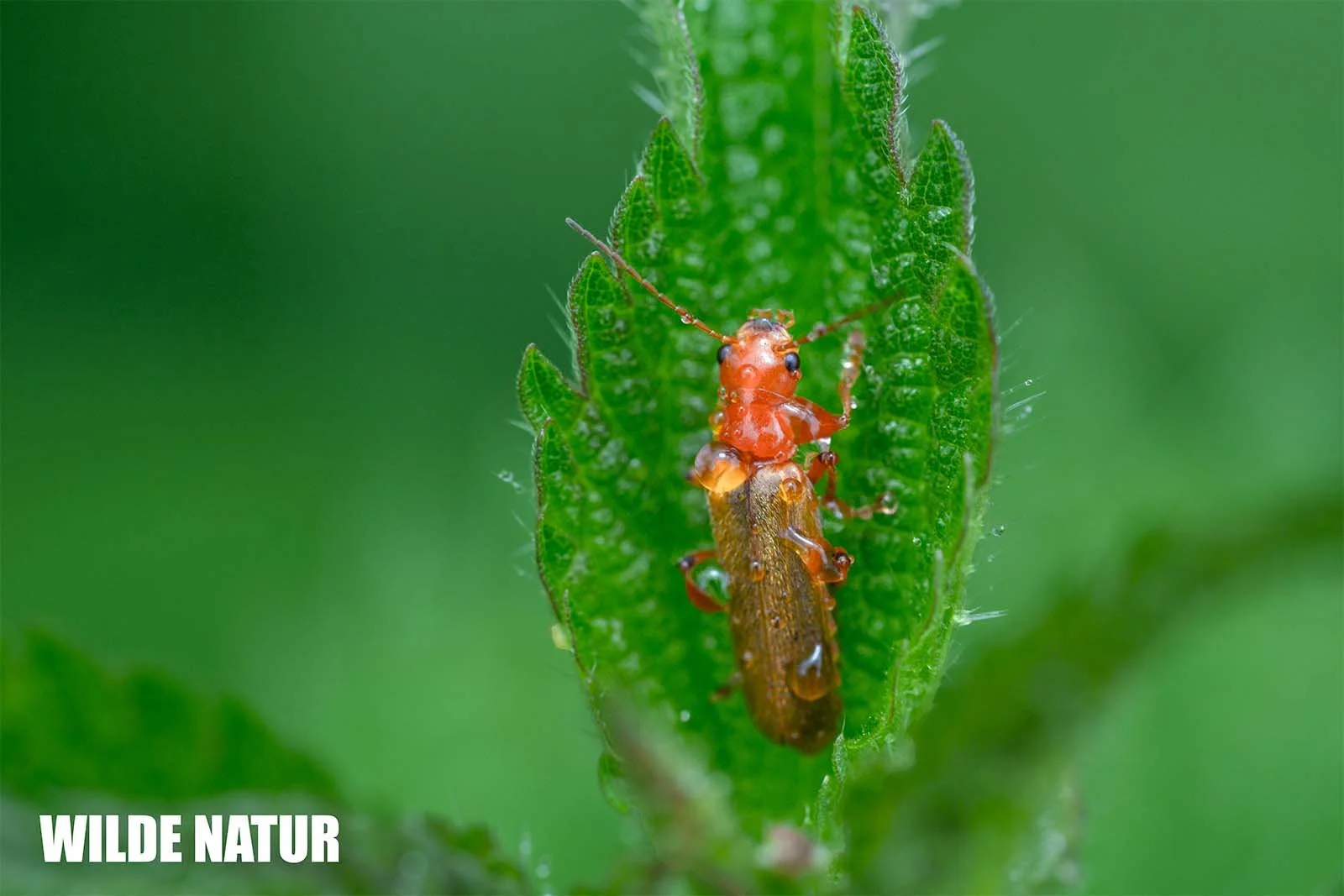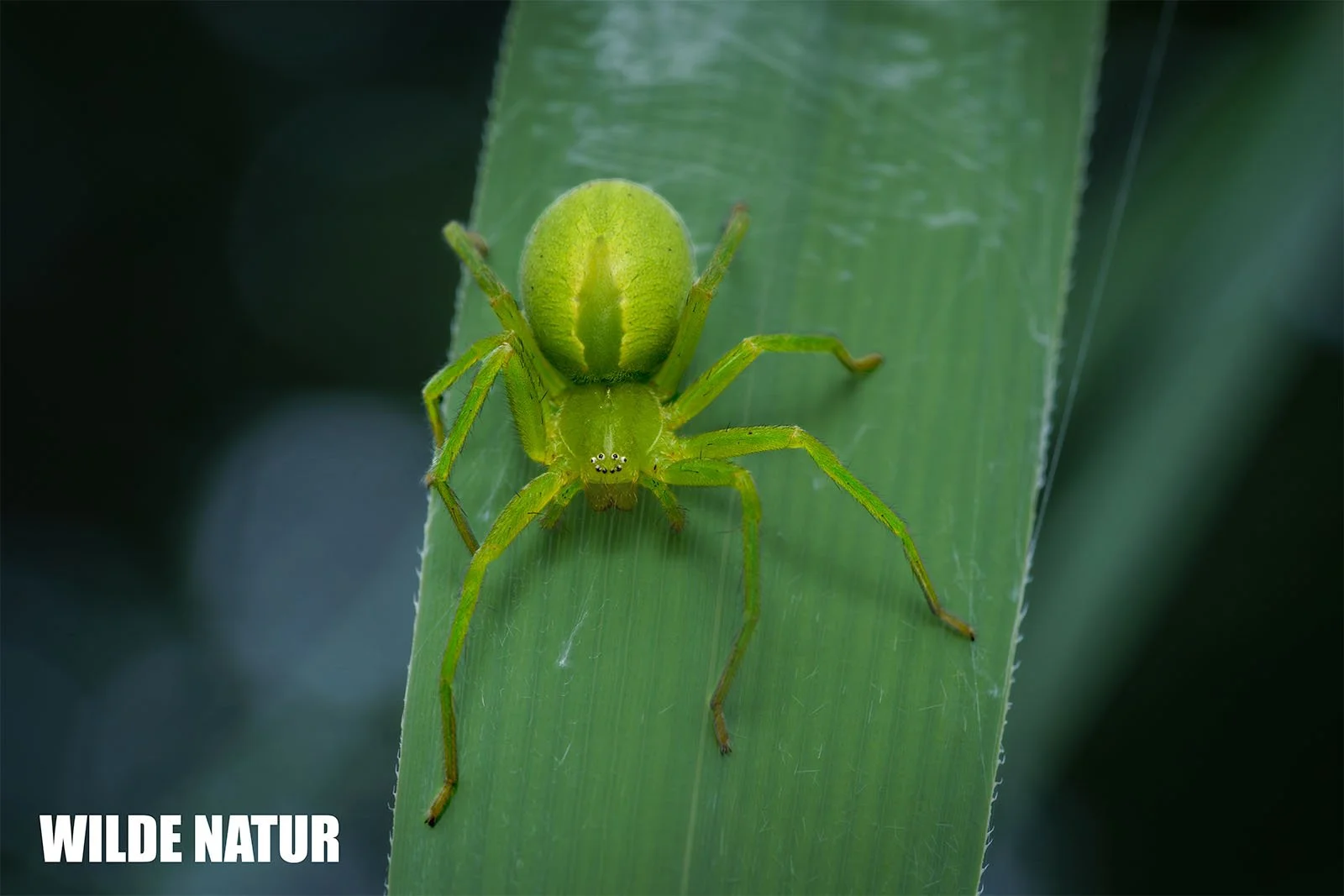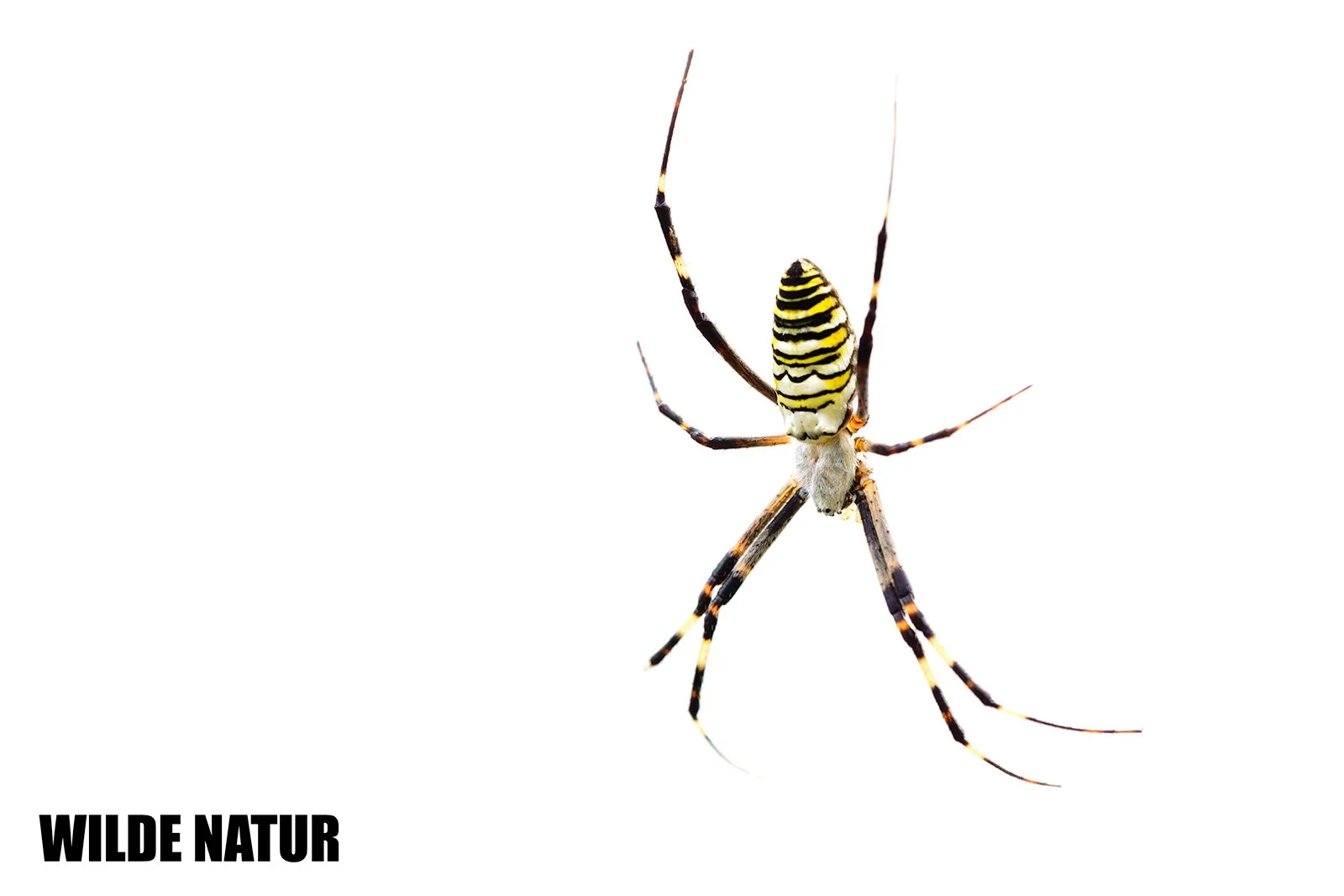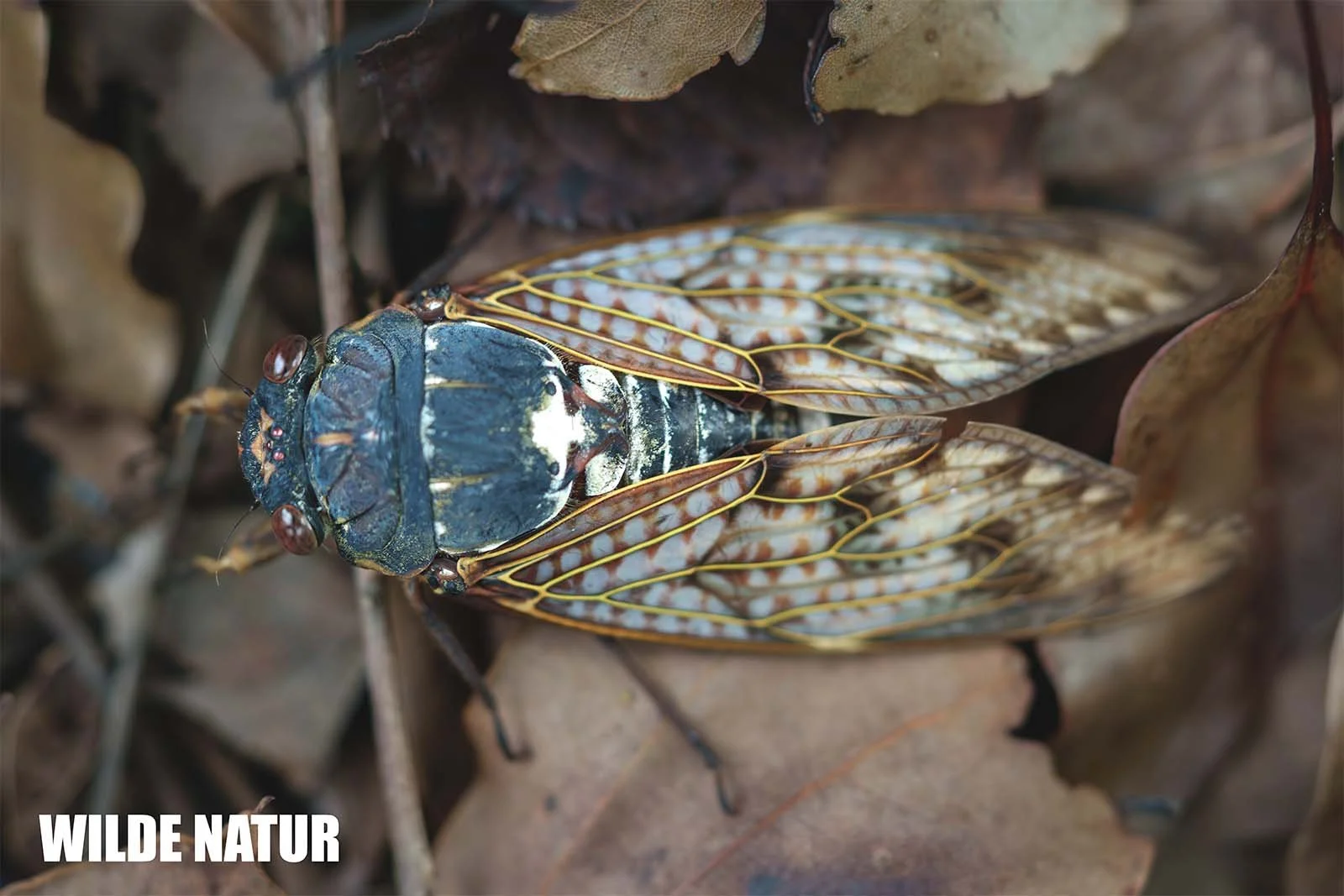Braconid Wasps (Braconidae)
Braconid Wasps (Braconidae)
Overview of Key Facts
- Size: Body length 1–40 mm (excluding ovipositor), typically 3–10 mm
- Weight: Very light; usually just a few milligrams (exact values vary by species)
- Diet:
- Adult: Nectar, honeydew, plant sap, host secretions
- Larva: Body fluids and tissues of parasitized insects
- Seasonal Activity: Active from spring to autumn; overwintering as larva, pupa, or adult depending on the species
- Distribution: Worldwide, particularly diverse in temperate zones; approximately 3,300 species in Europe, an estimated 30,000–50,000 species globally
Appearance
Braconid wasps are slender members of the order Hymenoptera. Their bodies are narrow with a distinct "wasp waist" and long, multi-segmented antennae (at least 16 segments). The wings are usually transparent with a reduced vein pattern: the transverse vein 2m-cu is typically absent in the forewing, a key feature distinguishing them from related ichneumon wasps. Their coloration ranges from black, brown, to reddish tones, often with patterns or mimetic coloration. Many females possess a long ovipositor, which in some specialized species can exceed body length.
Characteristics
- An extremely diverse family with over 45 known subfamilies, more than 1,000 genera, and many undescribed species.
- Females lay their eggs in or on host insects. The larvae develop as parasitoids, using the host as a food source, ultimately killing it before pupating either inside or outside the host.
- Specialized viruses known as bracoviruses accompany egg deposition and suppress the host’s immune response to enable larval development.
- Some subfamilies, such as Mesostoinae and certain Doryctinae species, can induce plant galls.
Diet
- Adult: Require energy-rich sugar sources such as nectar or honeydew, and occasionally host secretions. This diet enhances their longevity and reproductive success.
- Larva: Develops within or on various insect hosts—such as caterpillars, aphids, beetle and fly larvae—feeding on their body fluids and tissues.
Reproduction and Life Cycle
- Egg Laying: Females use their ovipositor to deposit eggs either inside (endoparasitic) or on the surface (ectoparasitic) of a host, depending on the species.
- Larva: Develops parasitically within the host. In koinobiont species, the host continues to live for a time, while in idiobiont species, host development is halted immediately.
- Pupa: The metamorphic stage, occurring either within the host or in a self-spun cocoon.
- Adult: Emerges, mates, and seeks new food sources and hosts. The complete development cycle can range from a few weeks to several months.
Seasonal Activity
In temperate regions, braconid wasps are primarily active from spring through autumn. During this period, they visit flowers and search for potential hosts. Depending on the species, they overwinter as adults, larvae, or pupae—often protected within the host or inside a cocoon.
Habitat and Distribution
Braconid wasps are distributed worldwide, with the highest diversity in temperate climates. Around 3,300 species are documented in Europe, with an estimated 30,000 to 50,000 species globally. They inhabit a wide range of environments—from forests and fields to urban gardens. Thanks to their broad spectrum of host species—including caterpillars, aphids, beetle and fly larvae—they play a key role in natural pest control.
Specialized species such as Aphidius are used in the targeted biological control of aphids, while Habrobracon hebetor is deployed against stored-product pests.
Summary
Braconid wasps are highly specialized parasitoid Hymenoptera that play a vital role in naturally regulating insect populations. Their diversity and ecological adaptability make them an indispensable component of biological plant protection.





















